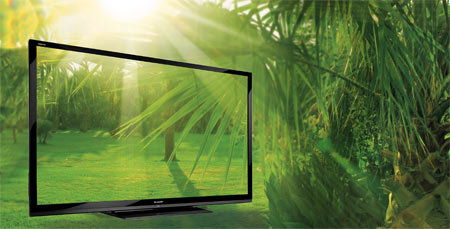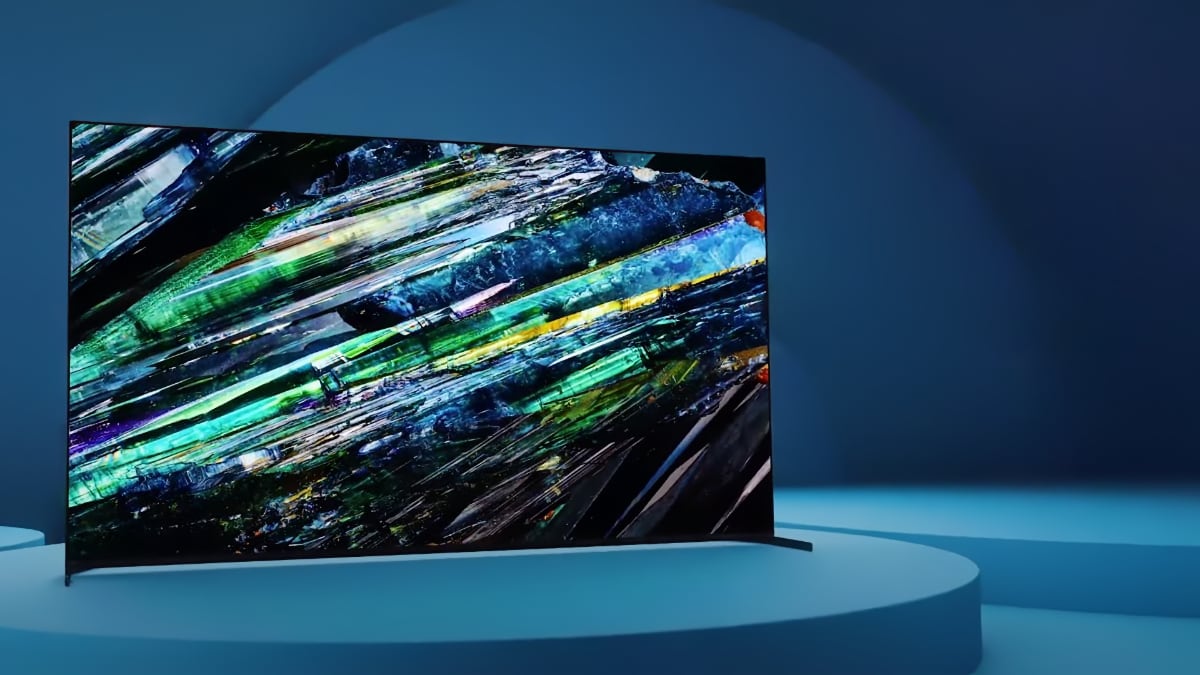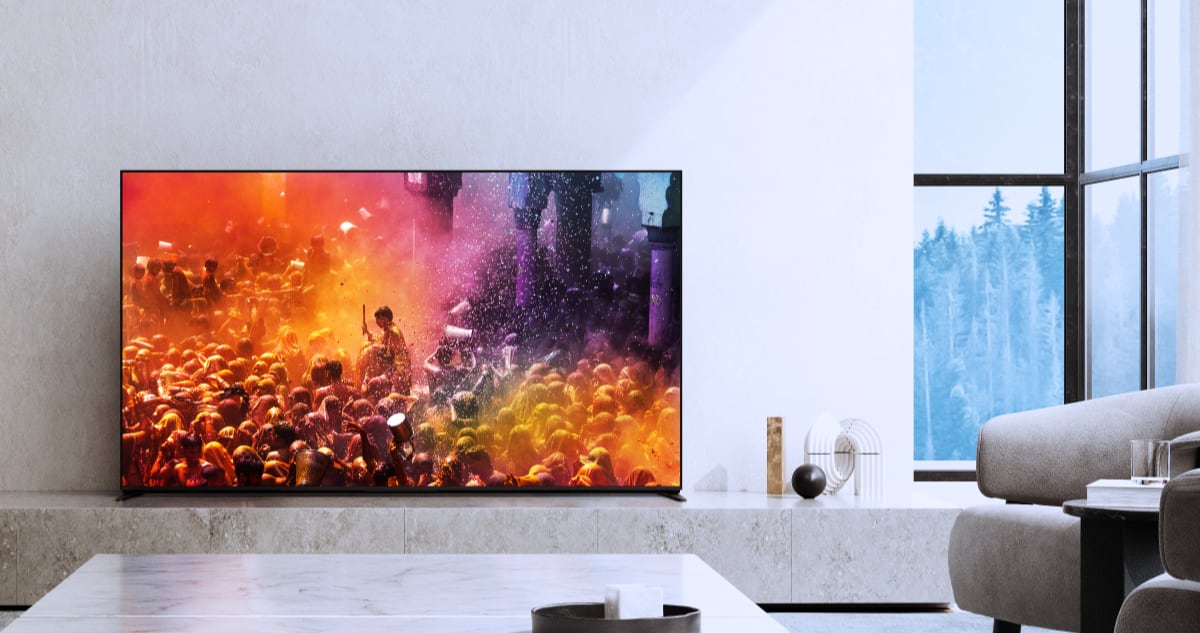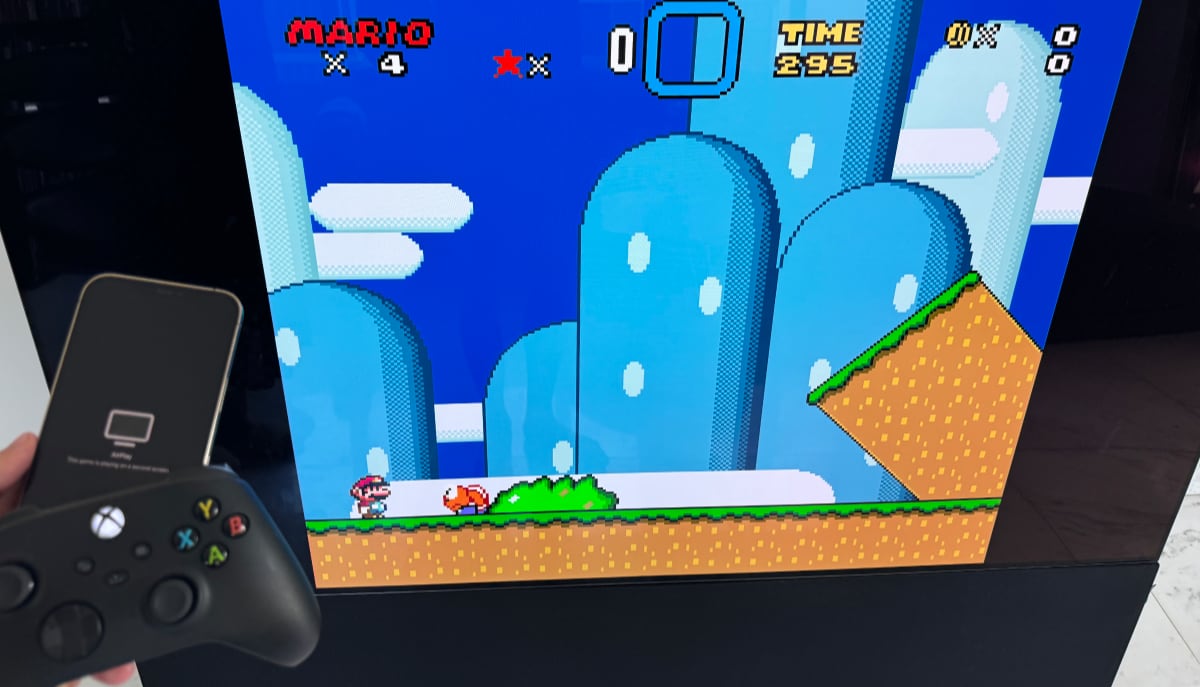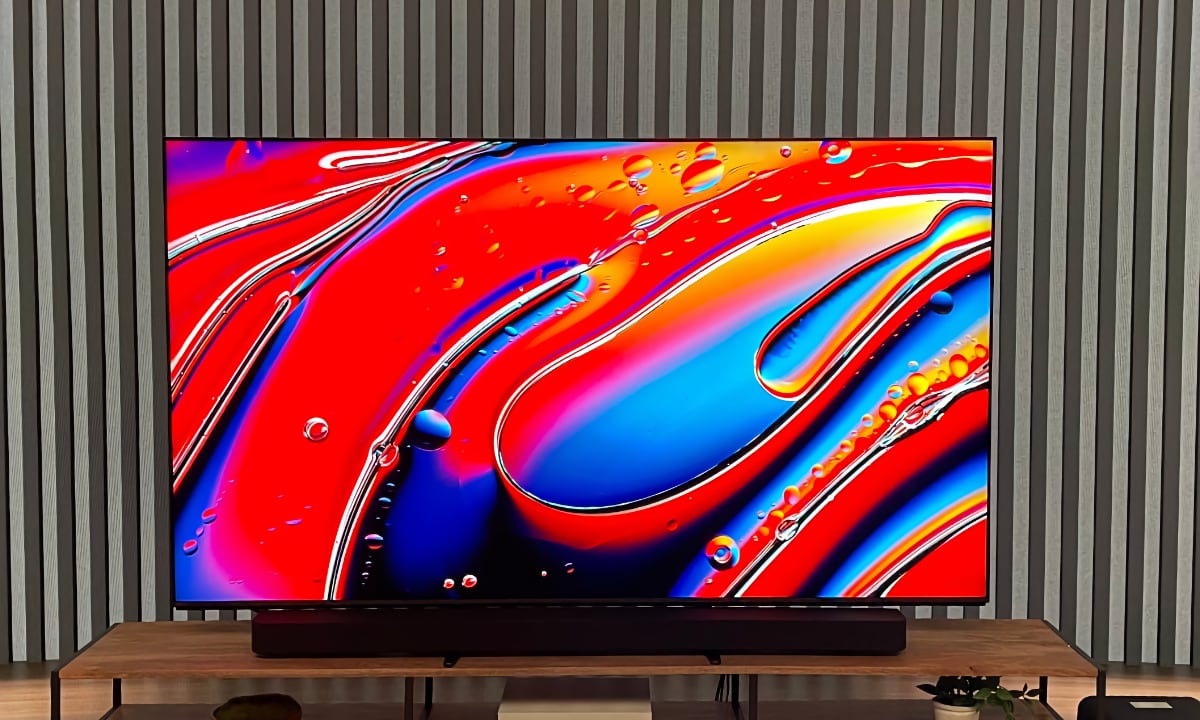In October 2015, Samsung was accused of cheating in Europe and this time NRDC in the US accuses Samsung, LG and Vizio of cheating in the standardized energy consumption test. The institute is also criticizing the standardized test method for being flawed.
Too high energy consumption?
TVs purchased in Europe or the US are required to carry a label indicating energy consumption levels. These labels classify energy consumption between A+++ to G, or similar classifications.
However, when you set up the TV at home, energy consumption is typically a lot higher than indicated on the label, according to measurements carried out by NRDC (Natural Resources Defense Council). This could cost US consumers up to $1.2 billion in extra electricity expenses, NRDC said.
NRDC is blaming two parties. The first is TV manufacturers, who they accuse of cheating on the scales. Because manufacturers are familiar with the standardized test video sequence used for the official energy consumption test, they try to artificially lower energy consumption through various means when the video sequence is detected, argues NRDC – just like Volkswagen did.
- “It appears that some major manufacturers have modified their TV designs to get strong energy-use marks during government testing but they may not perform as well in consumers’ homes. These ‘under the hood’ changes dramatically increase a TV’s energy use and environmental impact, usually without the user’s knowledge. While this may not be illegal, it smacks of bad-faith conduct that falls outside the intent of the government test method designed to accurately measure TV energy use,” said Noah Horowitz, senior scientist and director, Center for Energy Efficiency Standards, NRDC.
NRDC had brought in TVs from Samsung, LG and Vizio, and found issues with TVs from all three. The manufacturers acknowledged that energy consumption can be higher at home but refused cheating or any wrongdoing.
There is no consensus among manufacturers and testing institutes on what "normal TV viewing" should cover.
USA’s DOE (Department of Energy) is responsible for the standardized video sequence test used for determining energy consumption on TVs. These measurements are used as a basis for the EnergyGuide and Energy Star labels.

”Flawed DOE test method”
Besides accusing TV manufacturers of cheating on the scales, NRDC directs criticism towards the “flawed test method” used by the Department of Energy.
NRDC believes that the test method is too old and too flawed. It involves a series of ultra-short video clips with black frames inserted in-between.
- "The global standard video clip on which the DOE test method is based is eight years old and needs a major overhaul. DOE should update its test method with more realistic video content, including video encoded in high dynamic range (HDR), to ensure that the resulting measurements are closer to what consumers would actually experience when using their TVs at home." said Chris Calwell, principal, Ecos Research, who helped NRDC.
NRDC argues that a customer needs only to make minimal adjustments to picture settings before energy consumption goes up. In some instances it can be twice as high as the standardized test method shows, they said. It is not clear what picture settings they refer to.
Why TV energy consumption fluctuates
To understand why a given TV’s energy consumption can fluctuate wildly, it is important to understand that there is a direct correlation between the display’s brightness level and energy consumption. TVs placed in very bright living room environments typically utilize a light sensor to automatically increase the brightness level – otherwise the image would appear too dark.
FlatpanelsHD has included energy consumption measurements in TV reviews for years. We typically include two or more readings (“out-of-box”, “calibrated”, and more recently for “HDR”). You can find an overview of our measurements here. Our measurements reveal that energy consumption often drops after switching from the default (out-of-box) settings to calibrated settings.
In recent years, TV manufacturers have introduced Ultra HD resolution and HDR (High Dynamic Range). While Ultra HD resolution increases energy consumption somewhat, HDR can increase energy consumption significantly on LED LCD TVs (less so on OLED TVs). This happens because when an LED LCD TV detects an HDR signals, it automatically increases the backlight level to maximum (and then attempts to attenuate it again by use of the liquid crystals).
In practice, this means LCD TVs consume close to maximum power when reproducing HDR.
- Source: NRDC

